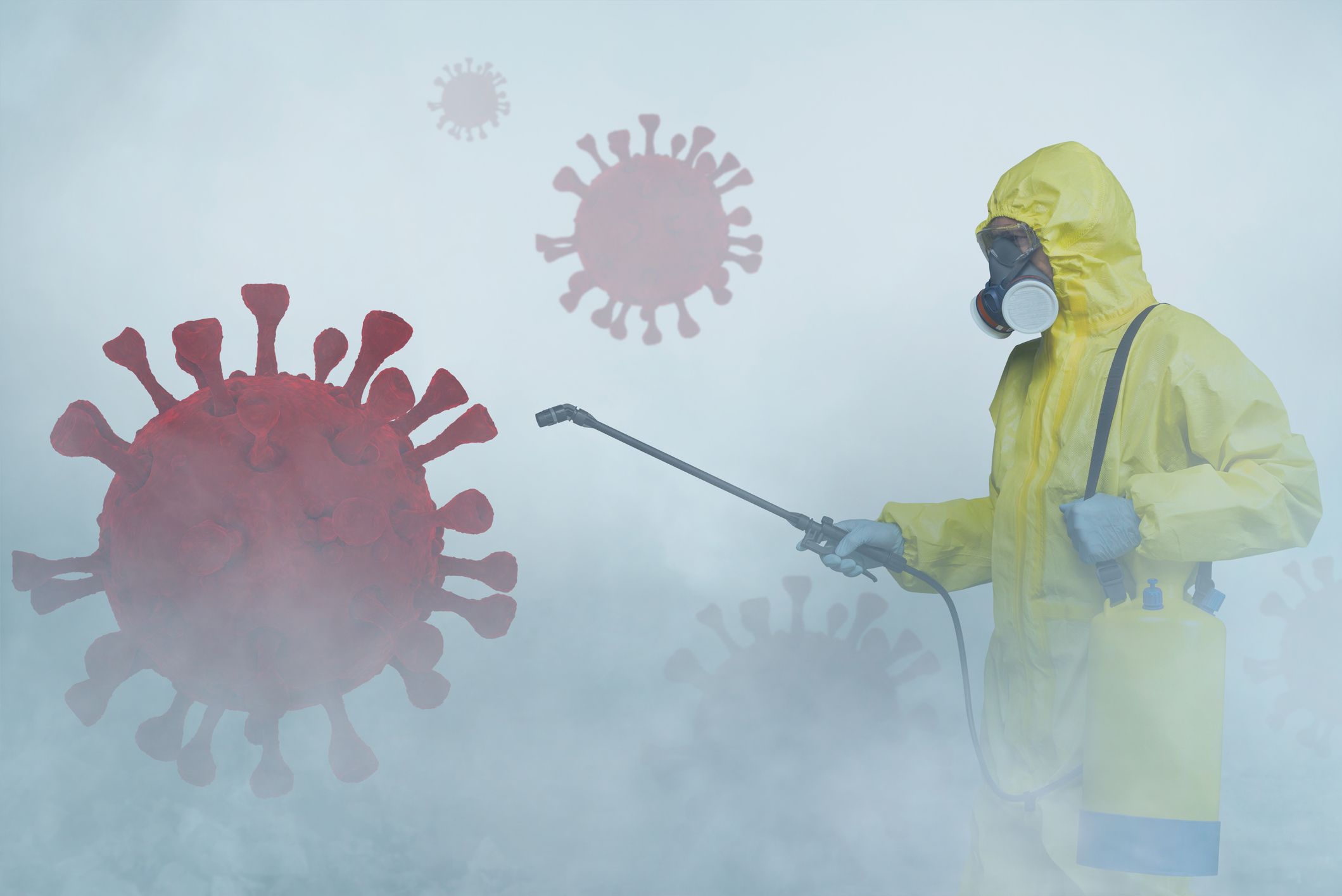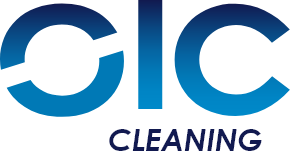
The Effectiveness of Disinfectant Foggers Against COVID-19 and Other Germs
Many businesses are reevaluating their cleaning and hygiene protocols in order to ensure a safe return to work during the novel coronavirus pandemic. As a result, disinfectant foggers are being considered for use in a lot of new industries for the first time. But what are they, how do they work, and are they right for your business? Find out now.
What is disinfectant fogging?
Disinfectant fogging involves saturating an entire room with a microbial substance that can purify and remove pathogens from the air, as well as from surfaces within the room. This type of large-scale disinfection process is typically carried out sparingly in high risk areas because of the risk of inhaling the disinfectant solution, and the related time it takes to safely clean a room using this method. Despite these drawbacks, disinfectant fogging is highly effective at combating pathogens, particularly those that are airborne or carried in respiratory droplets, such as the flu virus or Covid-19.
How do disinfectant foggers work?
All foggers work by filling the room with a solution with disinfectant properties. There are a number of varieties of disinfectant fogger machines on the market, which provide different types of fogging treatment. Choosing the right treatment for your facility will depend on its use, potential pathogen exposures, and the surfaces to be disinfected. The most common treatments are:
- Chemical fogging
- Vaporized hydrogen peroxide
- Ozone
- Chlorine dioxide
- Ionization
- Chemical fogging
A chemical fogger can be a purpose-built, permanent structure in a factory or warehouse, or a mobile unit brought into a workplace as needed. Chemical foggers work by dispensing a fine mist of disinfectant solution until the atmosphere is supersaturated. This applies an even coating of solution to all surfaces in the room, as well as disinfects the air. The length of the treatment depends on the size of the area being fogged, but typically takes 30-60 minutes to complete, with an additional 60 minutes or more for the mist to dissipate and the air in the room to return to breathable levels. - Vaporized hydrogen peroxide (VHP)
This is a popular method of disinfectant fogging used in medical settings and pharmaceutical environments, for cleanrooms and similar. Cleaning with VHP involves the additional step of dehumidifying the room, and takes longer to complete. Usually VHP lasts 2-4 hours fogging followed by aerating with clean air to render the room safe for use. Unlike chemical foggers, VHP fogging cannot penetrate organic biofilms and residues, and therefore is unable to remove all bacteria and pathogens. VHP fogging also requires pre-cleaning in order to be effective. - Ozone fogging
Ozone is a highly reactive compound and as such is produced at the point of use by passing air through a high-energy source such as UV light. In order to treat a workplace with ozone, the room must be humidified before ozone generation, and cleared with fresh air after the treatment. This type of fogging usually takes 30-90 minutes from start to completion. The use of ozone as a fogging agent is generally inadvisable in areas with corrodible metals such as aluminum, zinc, copper and iron. Humans are particularly sensitive to ozone, and it is highly reactive once it has entered the respiratory tract, so extra precautions need to be taken to completely air the room after fogging has been completed. - Chlorine dioxide (ClO₂) treatment
Chlorine dioxide is a good choice for fogging because the gas breaks down into harmless salts. However it is an unstable compound that has to be generated on location, and requires strict temperature and humidity parameters that make it unsuitable for all purposes. Generally, chlorine dioxide is generated using sodium chlorite and chlorine gas, so there is an element of risk involved in handling the harmful gas during this process. Chlorine dioxide fogging should therefore always be performed by a trained and licensed professional. - Ionization
This process involves passing air over ionizing tubes to create charged ions that seek out and neutralize naturally charged airborne microorganisms. Ongoing disinfection can be achieved with ionization by releasing a controlled amount of positive and negative ions, and some commercial units produce a continual supply of ionized radicals to constantly maintain a clean environment.
Where can foggers be used?
Although antibacterial foggers have traditionally been used in industrial and medical settings, they are increasingly common in everyday cleaning situations. With international concern about viral transmissions, fogging for home use, for offices, for schools, for COVID-19, and for vehicles is becoming more prevalent.
In order to be effective, fogging has to be carried out in enclosed spaces that can be sealed off for at least a couple of hours. Train cars, school buses, emergency and personal vehicles are good environments for fogging, and this method of disinfection can be faster and more efficient than manual cleaning methods.
Before fogging any room or vehicle with a home fogging kit, check for instructions regarding the room size and temperature and humidity parameters. Trying to fog under the wrong conditions can lead to the treatment being ineffective, as can fogging too large an area. Fogging too small an area, however, can result in oversaturation and unsafe conditions.
Small business uses for foggers
- Public restrooms
- Locker rooms
- Gyms and pools
- Veterinary and medical clinics
- Commercial kitchens
- Company vehicles
Industries that use fogging for cleaning
- Food processing
- Animal husbandry
- Medical and pharmaceutical
- Wastewater plants
- Hospitality
- Manufacturing
- …and more!
In conclusion, fogging is a proven, effective method of disinfecting a large area in a relatively short period of time, but it isn’t a total cleaning solution. Fogging has a proven history within industrial settings and has many small business applications that will make it appealing to companies looking to reopen and protect staff and customers during the COVID-19 pandemic. However fogging should always be carried out by a trained professional in conjunction with other good cleanliness and hygiene practices.
For an Emergency Callout Ecostatic Spraying Service (in event of a confrimed Covid case)/or a Pre Scheduled Service (sanitise and prevent);call our Covid Response Team on 086 855 6731 for a free estimate!

